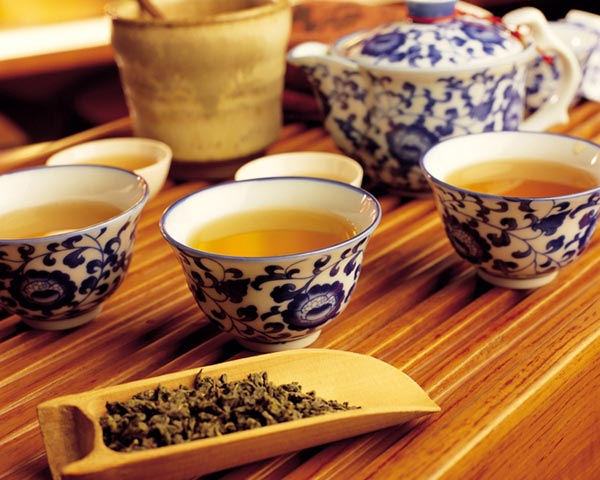
Chinese influence in Britain is notable from the late 17th century onwards as wealthy Britons and a growing middle class provided a demand for Chinese goods such as porcelain and commodities such as tea.
Chinese culture travelled to Britain, as it did to other parts of Europe, through trade. Europe's first Chinatown was set up in the northern port city of Liverpool in the early 19th century, and reasonably large and successful Chinatowns are now features of many larger British cities such as Birmingham, Glasgow, Manchester, London, and Leeds.
Their success over the decades since the World War II, which has been the period of strongest growth for these Chinatowns, is built on the skill of native Chinese in identifying and meeting an apparently non-existent market for Chinese things, and developing it.
These uniquely Chinese characteristics which draw Britons to Chinatowns include, of course, food - ranging from cheap and cheerful noodle houses to expensive and luxurious restaurants.
They also include martial arts, calligraphy, foodstuffs such as tea and dry noodles, literature in translation and in recent years movies, particularly martial arts films, traditional Chinese clothing, and Chinese health remedies such as acupuncture and massage.
Dr Lu Xiaoning, a lecturer in modern Chinese culture and language at SOAS, University of London, told Xinhua on Monday, "Chinese culture has permeated the fabric of our daily lives in the UK to an extent which is more than we are aware of. We are not only interested in being exposed to Chinese culture (trying Chinese cuisine, travelling to China, and so on) but also are serious about learning Chinese culture."
Britain now has the largest Chinese population of any country in Europe, at 500,000 out of a population of about 64 million.
A number of Confucius Institutes have been set up to promote Chinese language learning. The first of these in Britain was at SOAS in 2006 and the network has now expanded to 24 institutes at universities and colleges of higher education across Britain.
The number of Britons learning Chinese has grown hugely, albeit from a tiny base. In 2013, Chinese was the fourth most popular language at Advanced Level (the main pre-university examinations) for pupils, with 3,300 pupils entering compared with 4,200 for German and 11,000 for French.
Lu said, "More and more British parents send their young children to weekend Chinese school, which was originally established to cater to the needs of overseas Chinese families. Mandarin Chinese has also been added to the secondary school curriculum in many parts of the UK since last year. And even Chinese teaching methods were tested in UK classrooms. This year's BBC documentary 'Are Our Kids Tough Enough? Chinese School' aroused heated debates among hundreds and thousands of TV viewers."
And in the fields of arts, there is a growing interest from the British in Chinese culture, with films and literature finding new audiences.
Lu said, "Chinese literature and cinema have also added flavor to British cultural life. Chinese diasporic writer Guo Xiaolu's 'A Concise Chinese-English Dictionary For Lovers' was shortlisted for the Orange Prize for Fiction 2007; films by directors such as Hou Hsiao-Hsien and Jia Zhangke have been regularly screened in British Film Institute (BFI) London Film Festivals for years and in Chinese Visual Festival since 2011. If we turn our attention to the design industry, it is not hard to find Chinese elements in fashion and interior decoration."
And the number of students from China studying in Britain has boomed. Last year, the total hit about 60,000 Chinese undergraduates starting their first year of study at a UK university, a figure several thousand higher than the number of students starting studies from all European nations.
This bodes well for the growing influence of Chinese culture on Britain, as young Chinese students form a means by which their British and European colleagues can understand both the very latest Chinese trends and the depth and richness of a culture that is about 5,000 years old.





